
According to a TV documentary, a German WW2 soldier created encrypted notes describing the location of a hidden tunnel system in Czechia while in captivity. There are rumours about a treasure hidden in this facility.
Christopher Columbus frequently used a signature that included seven letters not belonging to his name. Do they represent an abbreviation?
Jarl Van Eycke and Louie Helm recently solved a bigram substitution ciphertext consisting of 1000 letters – the shortest one ever broken. Now I have created a 750-letter challenge of the same kind.
Bavarian artist Martin Dorn has provided me a seven-pages encrypted manuscript. Can a reader decipher it?
A video documentary presents new facts about the history of the Enigma in the 1930s and its deciphering in the Second World War.
A French expert team has succeeded in factorizing a 795 bit prime number product. This is a new world record. The old one (768 bit) dated from 2009.
Belgian scholar Michael Florent van Langren (1598-1675) proposed a naval navigation method that didn’t work. A second method he developed might be described a cryptogram that has never been solved.
A children’s book from the 1980s contains numerous encrypted and hidden messages. Can a reader solve four of these?
On Cocos Island in the eastern Pacific, a “treasure” consisting of works created by 40 modern artists is buried. The exact location is described in an encrypted message. To my knowlege, this cryptogram has never been published.
In 1891, an unknown person published an advertisement in the Morning Post. Five words in this message are encrypted. Can a reader break this cryptogram?
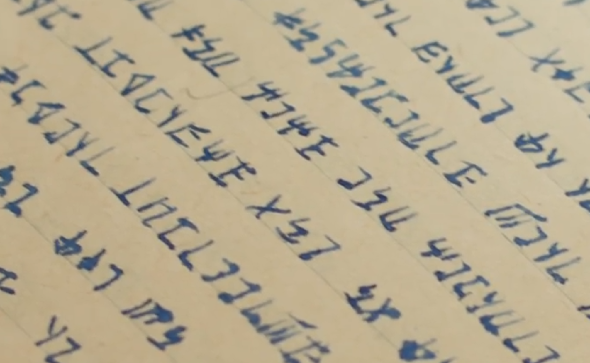
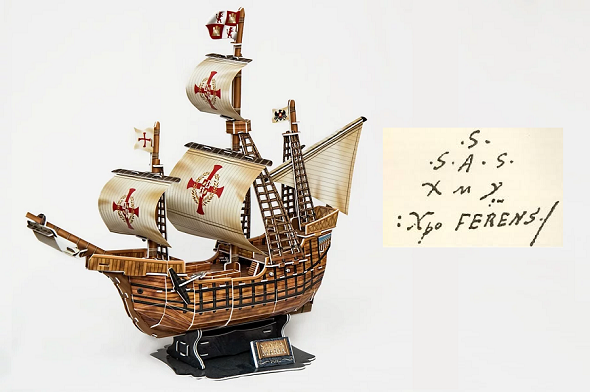
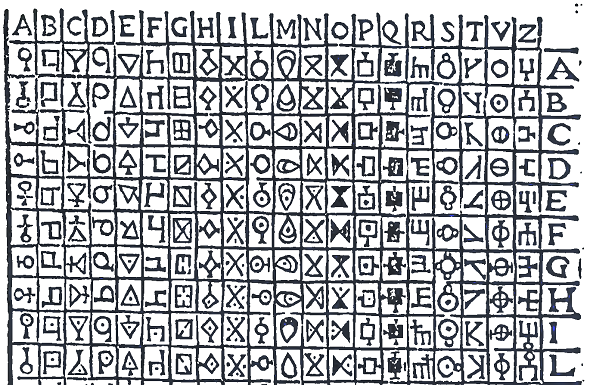
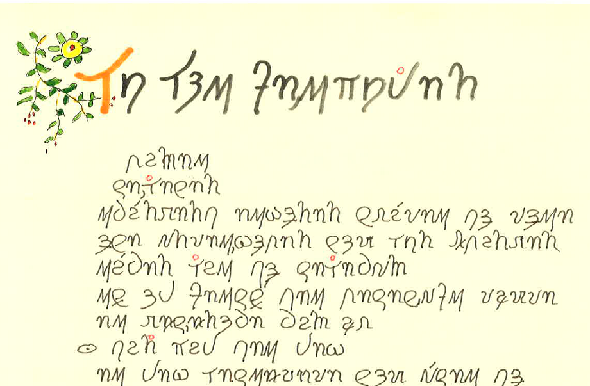
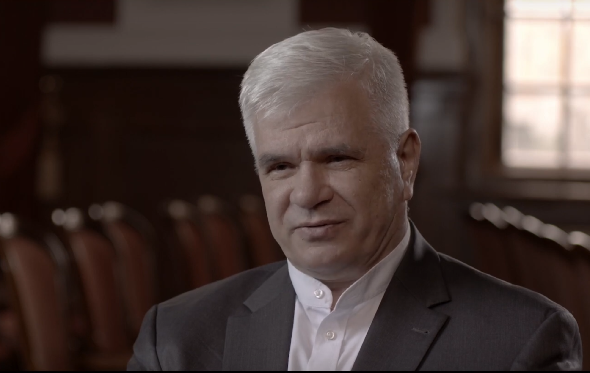

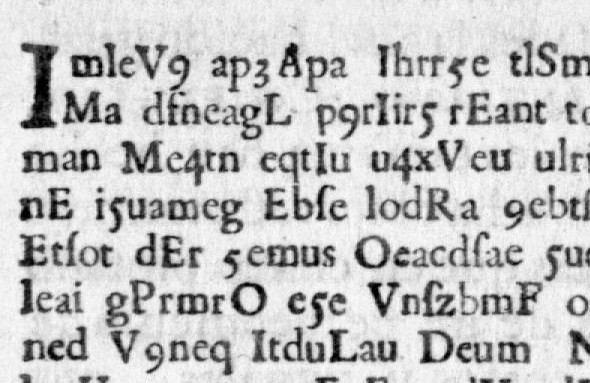
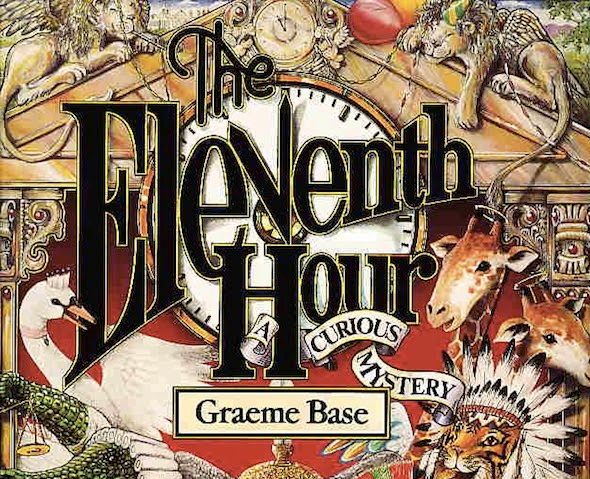


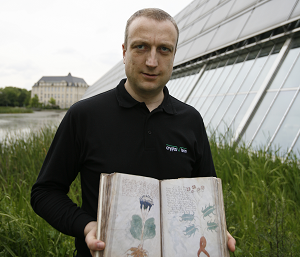
Letzte Kommentare